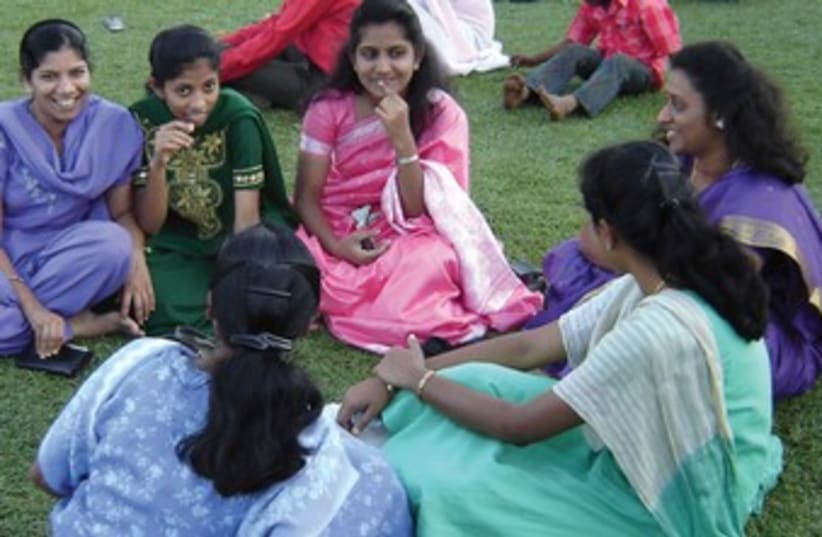The writer, a PhD, is an associate professor at the US Naval War College in Rhode Island. The views expressed are her own.
Taliban 2.0: Targeting women globally
The Taliban misogynist mentality is alive and well, and in fact it is thriving and mushrooming globally.

The writer, a PhD, is an associate professor at the US Naval War College in Rhode Island. The views expressed are her own.